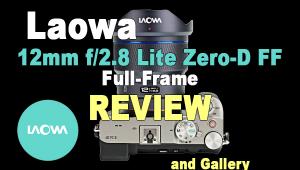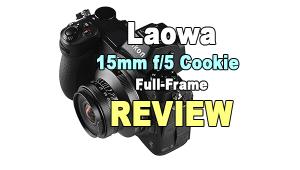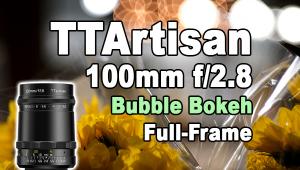Sigma 100-400mm f/5-6.3 DG OS HSM Contemporary Lens Review
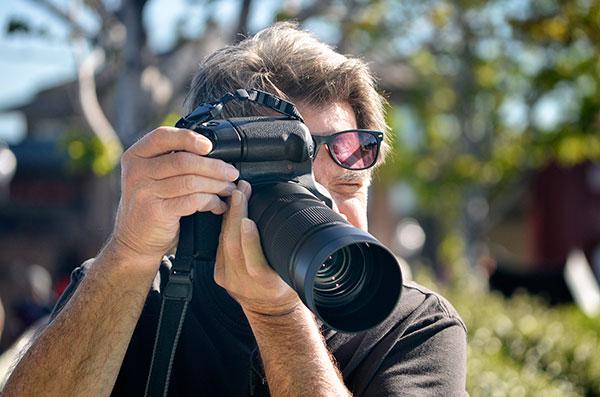
Sigma’s 100-400mm f/5-6.3 DG OS HSM lens ($799) is part of their Contemporary series that the company says blends “refined optical design” with “compact and lightweight construction.” The lens is available for Canon, Nikon, or Sony DSLRs. Although as a DG lens it is designed for full-frame DSLRs, it can also be used with APS-C sensor cameras, where it produces an equivalent field of view of 150-600mm.
See what I think of this surprisingly “affordable” telephoto zoom in my Sigma 100-400mm f/5-6.3 DG OS HSM lens review below.
Design & Features
The Sigma 100-400mm f/5-6.3 DG OS HSM lens is constructed from Thermally Stable Composite material. OK, it’s plastic, but it doesn’t feel plasticky. The mount is brass with a rubber sealing to make the lens dust and splash resistant.
To reduce chromatic aberrations and color fringing throughout the zoom range of the Sigma 100-400mm f/5-6.3 DG OS HSM lens, the optical design incorporates four SLD glass elements with a Super Multi-Layer Coating to increase contrast. The front element has a water- and oil-repellent coating with a 67mm filter size. Sigma offers a 67mm Protector filter for $37; think about it. The Sigma telephoto zoom lens has a nine-blade rounded diaphragm to produce smooth bokeh.
Sigma says the 100-400mm lens is useful for “macro, travel, nature and wildlife, sports and action” photography. In other words, they see it as an all-around lens and that’s how I treated it when shooting with different Canon EOS cameras. Close focusing is 5.25 feet and while the lens may not produce true 1:1 ratio macro images, it doesn’t mean you can’t try. I photographed the tiny blossoms on a Hawthorn tree with the lens set at 400mm using an EOS 60D (or 640mm with the Canon’s 1.6x factor) and it produced images approximating real macro photography.
The Sigma 100-400mm lens’ autofocus is fast, smooth, and quiet thanks to a Hyper Sonic Motor that also permits manual focus override, although you may first want to set the Focus controls on the lens to “O” for override. Other controls on the barrel include focus distance limiting, optical stabilization, and custom. The built-in stabilizer offers two settings: one for general handheld use and the other for panning.
As I write this, Sigma hasn’t specified the amount of stabilization this lens produces but their 50-500mm lets you use shutter speeds up to four stops slower than otherwise possible. Based on my testing this lens should perform similarly or close to it. The Sigma 100-400mm lens has two custom settings that can be programmed using the free Sigma Optimization Pro software to fine-tune lens characteristics after attaching to the optional Sigma USB Dock ($59).
The 100-400mm lens is compatible with the optional Sigma 1.4x TC-1401 ($349) and 2x TC-2001 ($299) teleconverters that extend the lens’s reach to 140-560mm f/7-9 or 200-800mm f/10-12.6, while adding one or 1.9 inches respectively to the overall length.
Real-World Testing
Sigma says the 100-400mm f/5-6.3 DG OS HSM lens is “compact and lightweight” and it measures 3.40x7.18 inches and weighs 2.55 pounds, so it’s no featherweight and on occasion I’ll confess to finding it to be a handful. My friend, landscape photographer Todd Abbotts, thought the BG-E4 battery grip on my Canon EOS 5D unnecessarily added bulk and suggested I remove it, but I didn’t.
The lens was easier to handle when mounted on a lighter Canon EOS 60D, even with a BG-E9 battery grip attached. Abbotts, who owns Canon’s EF 100-400mm f/4.5-5.6L IS II USM lens (more later), was also impressed by the Sigma’s build quality.
With any new lens, my first shots were made during a visit to Parker, Colorado’s O’Brien Park to photograph the gazebo. It was there I noticed a few things about the Sigma 100-400mm’s included lens hood: the hood is reversible and when used this way the lens cap can be tricky to remove and replace because its clips are close to the hood’s edge. Also, when the lens is set at 100mm, the reversed hood blocks the zoom ring. Tip: Just use the hood the way it was designed and you’ll be happy.
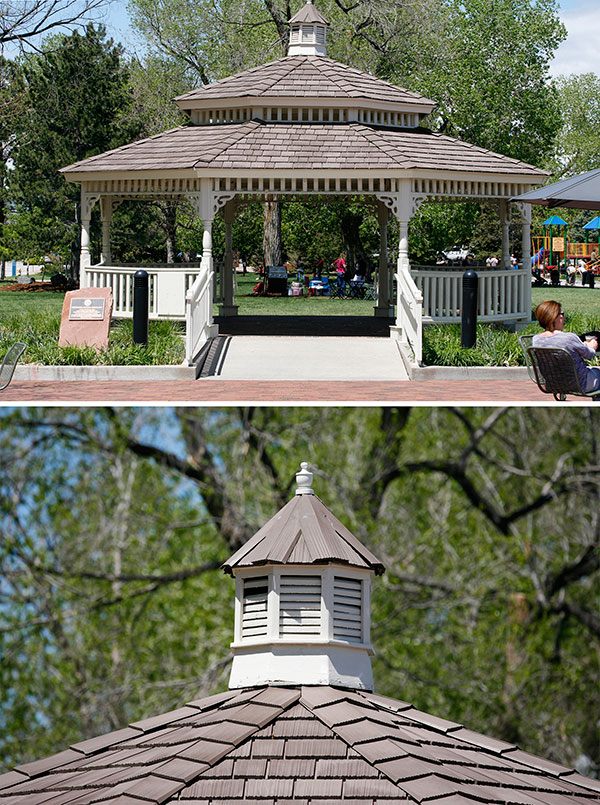
While in Parker, I went to my standard wall of well-laid bricks and did some lens testing with the full-frame EOS 5D. At 100mm, there is no difference in sharpness, vignetting, or observable distortion between wide open and the typical f/8 “sweet spot.” This is performance at a level I haven’t observed in recent testing even with expensive prime focal length lenses.
At 400mm, I noticed slight vignetting in the corners when wide open that disappears by f/8. What was noticeable, though, was a lack of observable distortion and the incredible sharpness of this lens, even compared to similar lenses by camera manufacturers. The Sigma 100-400mm f/5-6.3 DG OS HSM is lighter than a Canon EF 100-400mm f/4.5-5.6L IS II USM lens (3.5 pounds) and cheaper as well ($2,199). The Sony FE 100-400mm f/4.5-5.6 GM OSS weighs three pounds and is more expensive at $2,498, so unless you like to spend money, the Sigma has a lot to offer.
Another of my early shoots involved inadvertent cold weather testing by shooting local wildlife in the snow. Sigma says the 100-400mm lens has a temperature working range of 32 to 120 degrees. With light snow falling and temperatures in the low 30s, the lens performed as if it were a sunny spring day. The zoom ring operated smoothly and the optical stabilization functioned well, especially since I just grabbed an EOS 5D off my desk and started photographing a mule deer doe snacking on my neighbor’s trees—instead of mine for a change.
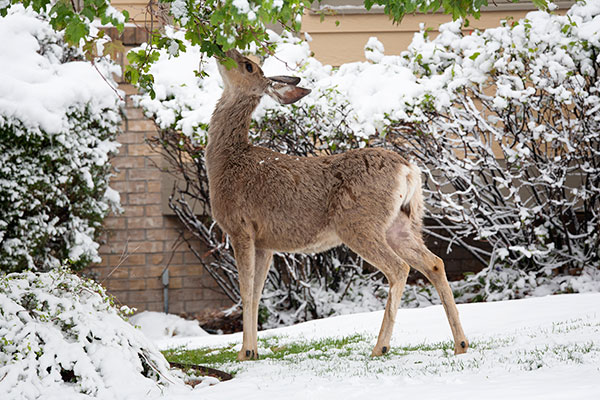
While Sigma doesn’t mention portraiture as one of this lens’s suggested uses, the focal length range allowed me to photograph Mary using anything from headshot to full-length poses without changing camera position. During the time I had the Sigma 100-400mm lens, I wasn’t able to shoot in my home studio because it’s been difficult to find models willing to pose for trade. If you are or know a female model in the Denver area interested in appearing in the magazine, please contact me via my website.
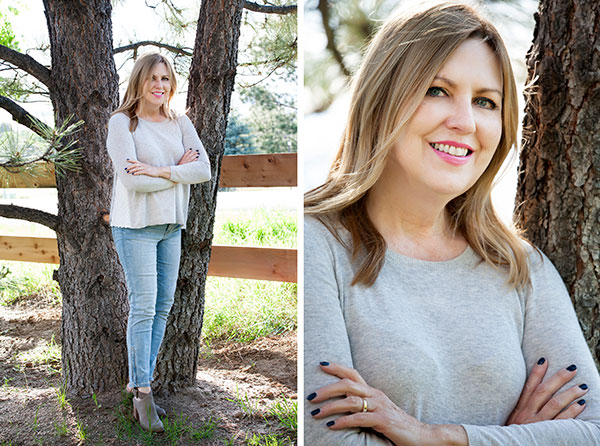
On my car photography website/blog, I recommend using longer than normal focal lengths when photographing cars but at shows I typically use wide-angle lenses because working space is usually tight. One exception is the First Saturday Car Show in Colorado Springs and I brought the Sigma 100-400mm lens to the show and was pleased with how well it did. I didn’t want to push the focal length too much so I chose an EOS 5D to keep the field of view manageable and although the weight of the camera/lens got to me as the show went on, the lens also delighted me by allowing me to photograph cars the way I prefer—at longer focal lengths.

Conclusion
These days many shooters are obsessed with expensive, fast wide-aperture lenses but I find Sigma’s design philosophy behind the 100-400mm’s f/5-6.3 aperture range refreshing. Why? As the noise reduction capabilities of most DSLRs continue to improve, more photographers are reaching for ISO 400 and higher for day-to-day photography so an f/5-6.3 maximum aperture range is not as off-putting as it might have been a few years ago. Viewfinder brightness in both full-frame and APS-C Canon bodies was not an issue, so you could consider the lens useful for making snapshots and I did that as well. While it might be stretching it a bit to call the Sigma 100-400mm f/5-6.3 a compact lens, it is for its focal length range and slower maximum apertures.
Is the Sigma 100-400mm f/5-6.3 DG OS HSM a practical all-around lens? If you don’t mind putting up with a little extra weight, the payoff in versatility and focal length range is worth it, especially at its price point. Whenever the Sigma 100-400mm lens was attached to either my Canon EOS 5D or EOS 60D, non-photographers would often approach me and comment about my “really impressive camera,” and I had to correct them every time by saying, “no, it’s a really impressive lens.”
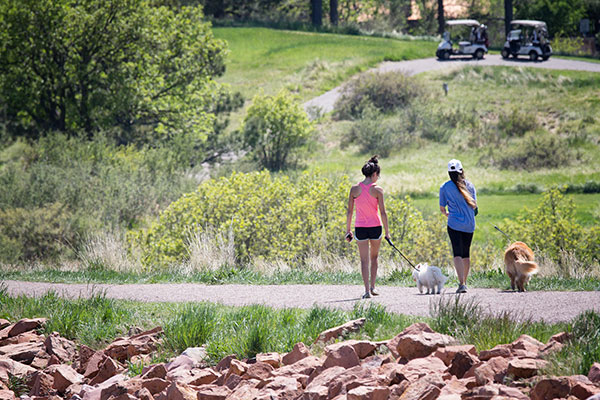
To shoot portraits and automobile photos, Joe Farace uses a variety of zoom and prime lenses for his Canon EOS DSLRs and Olympus and Panasonic mirrorless cameras. Info about the specific equipment he uses to create images for Shutterbug and his personal photography can be found at joefaraceblogs.com, joefaraceshootscars.com, and mirrorlessphototips.com.
